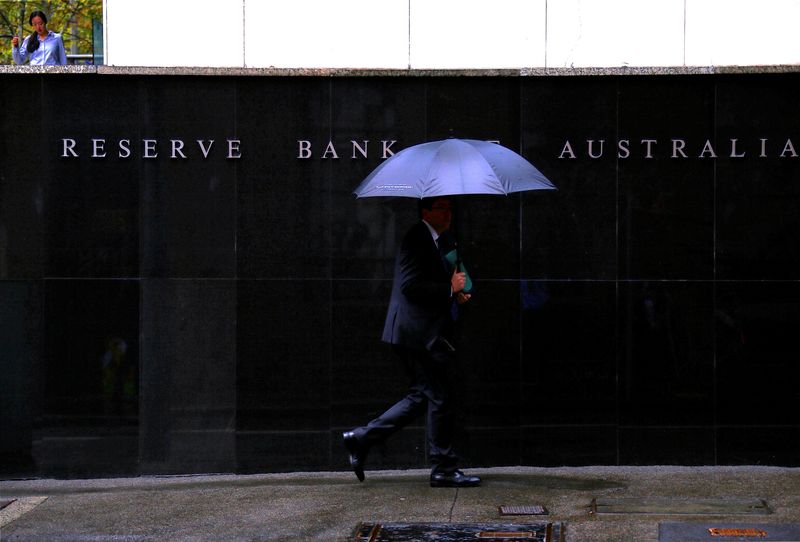SYDNEY (Reuters) - Australia's central bank has been surprised by the strength of employment growth, a top official said on Monday, adding policymakers remained ready to respond to changes in economic outlook in either direction.
In a speech in Sydney, Reserve Bank of Australia Deputy Governor Andrew Hauser said there were a number of interpretations on the strong labour market. It could be because demand conditions are a bit too strong or the supply side of the economy is relatively weak, he said.
Australian employment beat forecasts for a sixth straight month in September, while the jobless rate held steady at 4.1%, reinforcing the view that the labour market remains tight and dimming market bets on near-term rate cuts.
"We're data dependent, but we're not data obsessed," Hauser said at a Commonwealth Bank of Australia (OTC:CMWAY) conference. "So we have to take that number in the context of everything else."
"We will obviously react to it because that data outturn affects our view about the outlook, but it is the implication of the data for the outlook, not the data itself, that should be most relevant to policy."
The economy has slowed to a crawl in the face of high interest rates, but underlying inflation has been sticky with the labour market only easing at a gradual pace, leaving markets implying just a 26% probability of a rate cut in December.
Swaps imply a first rate cut is only fully priced in for April next year.
"We are acutely conscious that the outlook is uncertain and the world could develop in a number of different ways... We wanted to send a very clear signal that policy is ready to respond in either direction," Hauser said.
The RBA has kept rates steady since November, judging the cash rate of 4.35% - up from a record-low 0.1% during the pandemic - is restrictive enough to bring inflation to its target band of 2%-3% while preserving employment gains.

"It was a deliberate choice for us not to tighten as much as we could have done in order to try and protect those employment gains," Hauser said.
That means inflation is taking time to subside and rates will not fall as much or as early as they might do elsewhere, he added.